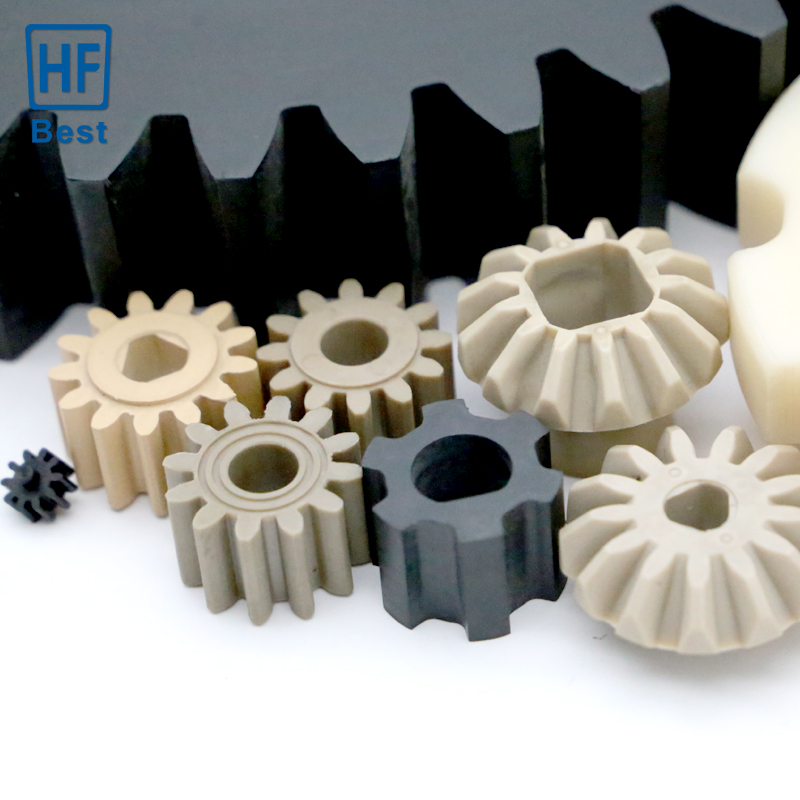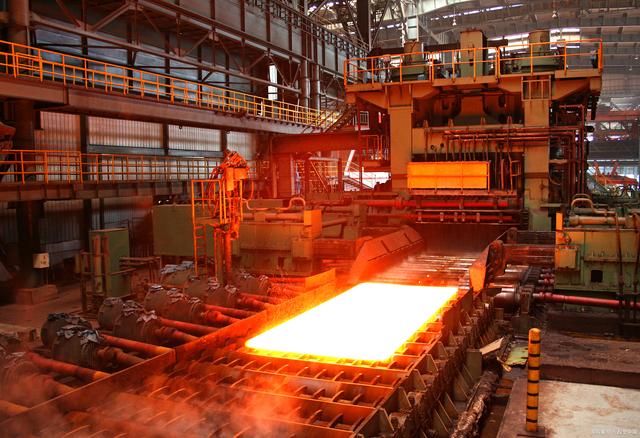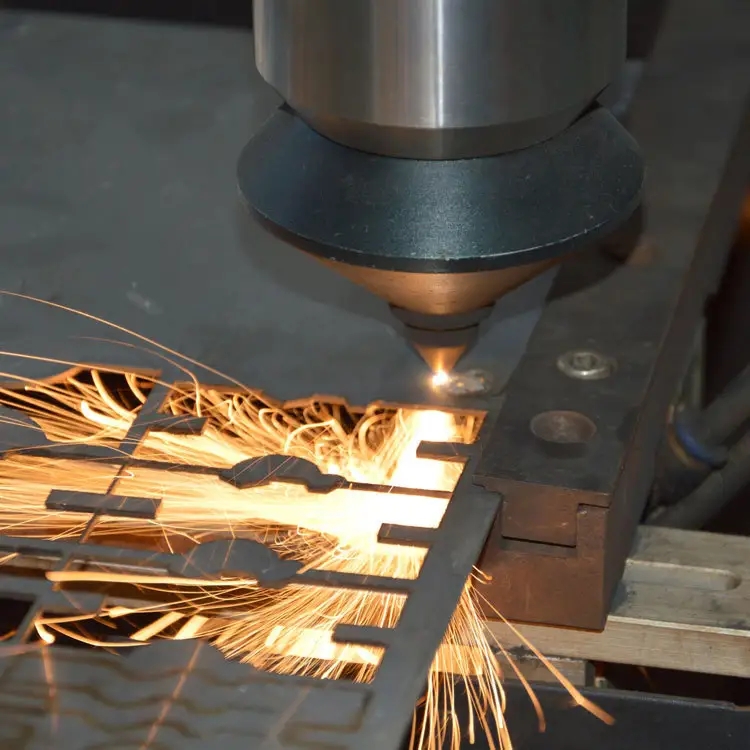News
- Industry news
Industry news
Mold science knowledge - mold heat treatment
What is mold heat treatment?
Die heat treatment refers to the heat treatment of the die material to change its organizational structure and properties, so as to improve the hardness, wear resistance, toughness and life of the die. Mold heat treatment is an important link in the mold manufacturing process, which can effectively improve the performance and life of the mold. The purpose of heat treatment of the mold is to make it have better wear resistance, hardness and toughness by changing the organizational structure and performance of the mold material, so as to meet the requirements of high strength, high wear resistance and high precision in the use of the mold. Different die materials and process conditions will have different heat treatment methods and parameters, which need to be selected and adjusted according to the specific situation.

Mold heat treatment main steps
1. Preheating: the mold material is heated to the appropriate temperature to eliminate internal stress and improve processing performance. Preheating temperature and time vary depending on material type and size.
2. Solution treatment: the preheated mold material is heated to the solution temperature, so that the alloying elements are evenly dissolved in the matrix. Solution treatment can improve the plasticity and toughness of the material.
3. Quenching: The mold material after solution treatment is rapidly cooled to form the required organizational structure and properties. During the quenching process, the crystal structure of the mold material will undergo phase changes, thereby increasing its hardness and strength. The quenching medium can be water, oil or salt solution, depending on the material type and requirements.
4. Fixed treatment: After quenching, in order to reduce the brittleness of the material and improve the toughness, need to be fixed treatment. The fixed treatment is to heat the quenched mold material to the appropriate temperature and then slowly cool it. In this process, the crystal structure of the material is transformed into a more stable structure, such as pearlite or bainite.
5. Surface treatment: After the mold heat treatment is completed, surface treatment can also be carried out, such as surface quenching, nitriding, carburizing, etc., to increase the wear resistance, corrosion resistance and surface hardness of the mold.

The characteristics of mold heat treatment processing
1. Increase hardness
After quenching treatment, the hardness of the mold can be very effectively improved, which is also one of the places where the heat treatment process can play the greatest value. In addition, if the mold texture is needed to be more ductile, the mold needs to be tempered.
2. Improve wear resistance
During the use of the mold, it is often subjected to great friction and impact force, so high requirements are put forward for the wear resistance of the mold surface. After heat treatment, the hardness of the die surface can be effectively improved, and the wear resistance is also significantly improved.
3. Improve corrosion resistance
In some special working environments, the mold may suffer from oxidation, corrosion and other phenomena, so that the surface of the mold is damaged, thus affecting the normal progress of the entire production process. After heat treatment, the surface of the mold can be specially treated to increase its corrosion resistance, thus improving the service life of the mold.
4. Extend the service life of the mold
After the mold is processed by heat treatment, it can effectively improve the hardness, wear resistance and corrosion resistance and other aspects of the performance, so that the mold is more durable in the use process, so as to extend the service life of the mold.
Therefore, the characteristics and benefits of heat treatment of the mold are obvious, heat treatment can give full play to the maximum potential of the mold material, improve the performance of the mold and extend its service life, which is essential for the improvement of production efficiency and product quality.

Attention should be paid to the heat treatment operation of hot working molds
1, hammer forging die quenching oil immediately into the tempering furnace tempering, furnace temperature greater than 300ºC, in the air residence time shall not exceed 0.5h; Do not use the method of low temperature stress for a long time after holding and then tempering.
2, when heating in the air furnace, the die should be protected to prevent oxidation and decarbonization. When the die is downward into the iron plate, the iron plate should be put a protective agent, the protective agent can be used old solid carburizing agent, or can be mixed with 70% of the mass fraction of cast iron filings + 30% of the mass fraction of dry charcoal. Cast-iron filings are roasted at about 600ºC to remove oil, water and sulfur impurities, and the particle size of charcoal is less than 2.00mm. The thickness of the protective agent is 20~30mm, and the protective agent should be filled around the module and sealed with refractory mud and asbestos powder. When no iron pan is used, 10~20 protective agent can be filled in the mold cavity, and the sticky paste mixture of asbestos powder and water glass can be tightly sealed around the mold, and wait for it to dry before entering the furnace. For the modules with large processing allowance after heat treatment and mold cavity opening, no protective agent can be added.
3, when heating in the protective atmosphere, when the tempering furnace temperature is heated to 750ºC or more to enter the appropriate amount of protective gas, otherwise, there is a risk of explosion.
4. Clean up the iron filings, oil and other dirt in the mold cavity. According to the geometry of the mold, the holes, thin edges, edges and corners that do not need to be quenched are protected with asbestos refractory mud or other materials to prevent quenching cracking.
5. The forging die can be put into the furnace after the furnace temperature rises to the quenching temperature to shorten the production cycle. When the cold furnace is loaded, it can be heated up by steps: hold heat for 1 hour at 300~400ºC and then heat up. The high temperature quenching mold should have 2 to 3 heating steps.
6, the small module can be heated in the salt bath furnace, pay attention to the salt bath can not overflow the furnace.
7, the hardness of the mold dovetail is lower than the die mouth. The hardness of the dovetail can be reduced by the annealing master method of the integral quenching die. The small module allows the dovetail to be annealed in a salt furnace at 810~830ºC. Large modules should have special annealing equipment.
8, in the heating and insulation, to observe the tempering furnace instrument and eye temperature.
9. When heating in the box-type electric furnace, the distance between the module and the furnace wall should be greater than 100mm and 400m away from the furnace door.
10. When the large module is quenched as a whole, in order to prevent distortion and the cavity is too soft, the mode block can enter the oil vertically on the side, or the cavity can be tilted 30~45ºC into the oil.







